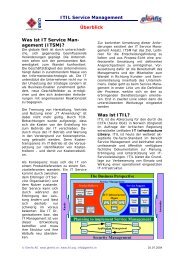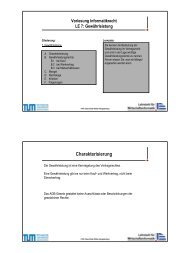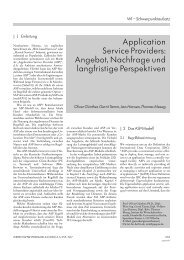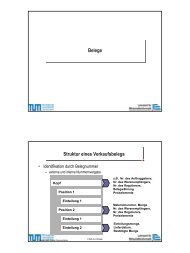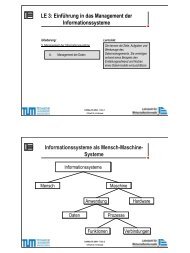Cross-cultural transitions and wellness: Dealing with culture shock
Cross-cultural transitions and wellness: Dealing with culture shock
Cross-cultural transitions and wellness: Dealing with culture shock
You also want an ePaper? Increase the reach of your titles
YUMPU automatically turns print PDFs into web optimized ePapers that Google loves.
109<br />
Culture <strong>shock</strong> focuses on the manner in which persons experience <strong>and</strong><br />
cope <strong>with</strong> the cyclic psychological, physiological, <strong>and</strong> vocational fluctua-<br />
tions associated <strong>with</strong> the adjustment in the first months in a new environ-<br />
ment (p. 91).<br />
Spradley <strong>and</strong> Phillips (1972) observed that a dramatic change in <strong>cultural</strong><br />
environment could be considered as a 'stressor' from the perspective of the<br />
stress model developed by Selye (1956). Culture <strong>shock</strong> then could be<br />
understood as a state of stress, 'the resultant tension or disequilibrium<br />
produced <strong>with</strong>in the organism ... generally inferred from the presence of<br />
indicators known as stress responses' (Spradley <strong>and</strong> Phillips, 1972, p. 154).<br />
Other writers have supported this view of <strong>culture</strong> <strong>shock</strong> as a stress reaction<br />
derived from an inability to underst<strong>and</strong> <strong>cultural</strong> cues (Argyle, 1988; Bam-<br />
lund, 1988; Bennett, 1977; Berry, 1975; Berry <strong>and</strong> Annis, 1974; Dyal <strong>and</strong><br />
Dyal, 1981; Gudykunst <strong>and</strong> Hammer, 1988; Harris <strong>and</strong> Moran, 1979; Locke<br />
<strong>and</strong> Feinsod, 1982; Taft, 1988).<br />
Bama (1983) identifies specific factors from the stress research literature<br />
that have been established as primary stressors: 'ambiguity, lack of certainty,<br />
<strong>and</strong> unpredictability' <strong>and</strong> shows how these correspond directly <strong>with</strong> the<br />
experiences of a person who enters a new <strong>culture</strong>. Using Selye's General<br />
Adaptation Syndrome (1956), Barna describes the neuro-physical reactions<br />
to stress <strong>and</strong> concludes that such a stress reaction cannot be avoided in<br />
cross-<strong>cultural</strong> encounters. From their research on counselling European immi-<br />
grants to Canada, Wyspianski <strong>and</strong> Fournier-Ruggles (1985) also assert that<br />
'even the most prepared will encounter some degree of <strong>culture</strong> <strong>shock</strong>' (p. 226).<br />
Everyone who attempts to live <strong>and</strong> work in a strange <strong>culture</strong> can expect to<br />
experience <strong>culture</strong> <strong>shock</strong> during the first months but the subjective experi-<br />
ence varies from person to person along dimensions of specific symptoms,<br />
intensity, <strong>and</strong> duration (Adler, 1975; Bama, 1983; Foster, 1973; Kealey,<br />
1978; Kim, 1988; Locke <strong>and</strong> Feinsod, 1982; McRae, Vittitow, <strong>and</strong> Mipos,<br />
1979; Seelye, 1984; Spradley <strong>and</strong> Phillips, 1972; Wyspianski <strong>and</strong> Fournier-<br />
Ruggles, 1985; Zapf, 1989).<br />
The increase in well-being <strong>and</strong> confidence experienced in the latter stages<br />
of the <strong>cultural</strong> adjustment pattern (Table 1) commonly is labelled as recovery<br />
in the literature. During this period, 'the "strange" is reprogrammed into the<br />
"normal" so that the stress response will not occur' (Barna, 1983, p. 43).<br />
Ruben <strong>and</strong> Kealey (1979) present this Recovery period as a time of<br />
'psychological adjustment'<br />
the term we give to the general psychological well-being, self-satisfaction,<br />
contentment, comfort-<strong>with</strong>, <strong>and</strong> accommodation-to a new environment<br />
after the initial perturbations which characterize <strong>culture</strong> <strong>shock</strong> have passed<br />
(p. 21).




